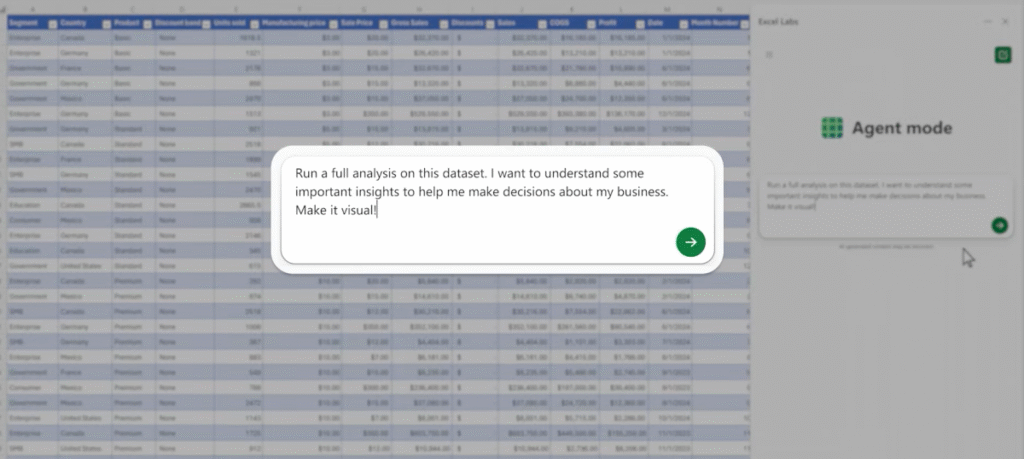Large language model (LLM) providers are making significant strides in developing agentic AI tools designed for autonomous task management. Notable advancements have emerged from key players in the field: Anthropic with its latest release of Claude Sonnet 4.5, OpenAI’s introduction of the Agentic Commerce Protocol, and Microsoft’s integration of AI capabilities within Office applications. This article provides an analytical comparison of these offerings, focusing on their strengths, weaknesses, costs, return on investment (ROI), and scalability.
Starting with Anthropic, the release of Claude Sonnet 4.5 marks a substantial evolution in LLM capabilities, particularly in the realms of coding and long-term project management. This model introduces context editing and memory tools that enable it to handle prolonged tasks without losing the context or compromising on information accuracy. The strategic foresight behind these features positions Claude as an ideal candidate for higher-level, complex tasks, elevating the potency of software development and document management. However, while these developments present a promising potential ROI for enterprises seeking to automate coding and data analysis, the investment necessary for full integration and training might be substantial. Businesses must weigh the upfront costs against the anticipated productivity gains that such an advanced AI tool could provide, especially as it scales across different departments.
In the case of Microsoft, the company seeks to integrate agentic AI into its existing suite of productivity tools. The introduction of “vibe working” within Microsoft 365 Copilot aims for a conversational approach to create spreadsheets, documents, and presentations. With capabilities to harness OpenAI’s reasoning tools and Anthropic’s models, Microsoft appears to be building a robust ecosystem that eases the automation of routine tasks in traditional office software. The strengths of this approach lie in its low barrier to entry for existing Microsoft users, who can leverage these enhancements without the need for significant retraining. However, while Microsoft’s approach greatly enhances efficiency, its dependency on the Office ecosystem may constrain flexibility and limit compatibility with other platforms, which can be a concern for organizations relying on a more diverse software stack.
OpenAI’s Agentic Commerce Protocol, in tandem with the launch of ChatGPT Instant Checkout, presents a fresh direction in automating e-commerce interactions. This platform empowers ChatGPT users to make purchases directly during their conversations, blending the functionality of an LLM with transactional capabilities. The integration of Shopify merchants promises to expand user engagement significantly, yet this feature’s real success hinges on the wider adoption of online commerce through AI channels. The financial model underlying the Agentic Commerce Protocol can potentially offer strong ROI, particularly for businesses looking to tap into the expanding landscape of AI-driven retail. However, the competitive nature of this space, as evidenced by Google’s recent entry with its Agent Payments Protocol, makes it imperative for OpenAI to differentiate its offerings while maintaining robust performance and scaling capabilities.
When contrasting these three players, it becomes pertinent for small and medium-sized business (SMB) leaders and automation specialists to consider several important factors. The strength of a tool is often measured not just by its features but also by the robustness of its support ecosystem. Anthropic’s Claude may shine in complex project contexts, but Microsoft’s seamless integration within well-established office frameworks offers an appealing alternative for businesses already entrenched in those environments. Similarly, OpenAI’s commerce-focused capabilities appeal to organizations aiming to streamline transactions but may require reevaluation of existing payment and inventory management systems.
On the question of cost, while initial investments may be significant, the right choice may yield differentiated advantages in scalability and productivity. Businesses should evaluate whether the complexity of tasks justifies the costs associated with implementing a more sophisticated LLM like Claude. In contrast, Microsoft provides a more gradual methodology of adoption with low-risk integrations to existing systems, while OpenAI presents a compelling case for increased revenue through enhanced customer engagement.
In conclusion, SMB leaders and automation specialists stand at a crossroad of substantial opportunities provided by these evolving platforms. Each offers unique advantages, but business leaders must undertake a detailed analysis of their organizational needs, existing workflows, and potential for scaling operations. Such assessments will inevitably influence their decisions regarding which AI tools best align with their strategic objectives and provide the desired ROI.
FlowMind AI Insight: As AI and automation technologies continue to evolve, the competitive landscape will necessitate ongoing evaluation of cost versus value in productivity tools. Businesses should engage in proactive assessments to ensure that their chosen platforms not only meet current needs but can also adapt and scale with future demands.
Original article: Read here
2025-09-29 20:25:00

